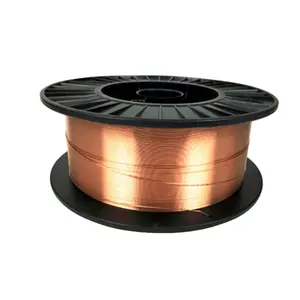Giới thiệu về dây hàn giá rẻ
Alibaba.com cung cấp các sản phẩm 17670 dây hàn giá rẻ. Có rất nhiều dây hàn giá rẻ lựa chọn dành cho bạn, chẳng hạn như thép, 99.995% tinh khiết đồng, và tin. Bạn cũng có thể chọn từ cắt, uốn, và hàn dây hàn giá rẻ. Cũng như từ oem, odm, và obm dây hàn giá rẻ.Và bất kể dây hàn giá rẻ là đồng, màu đỏ, hay vàng.














